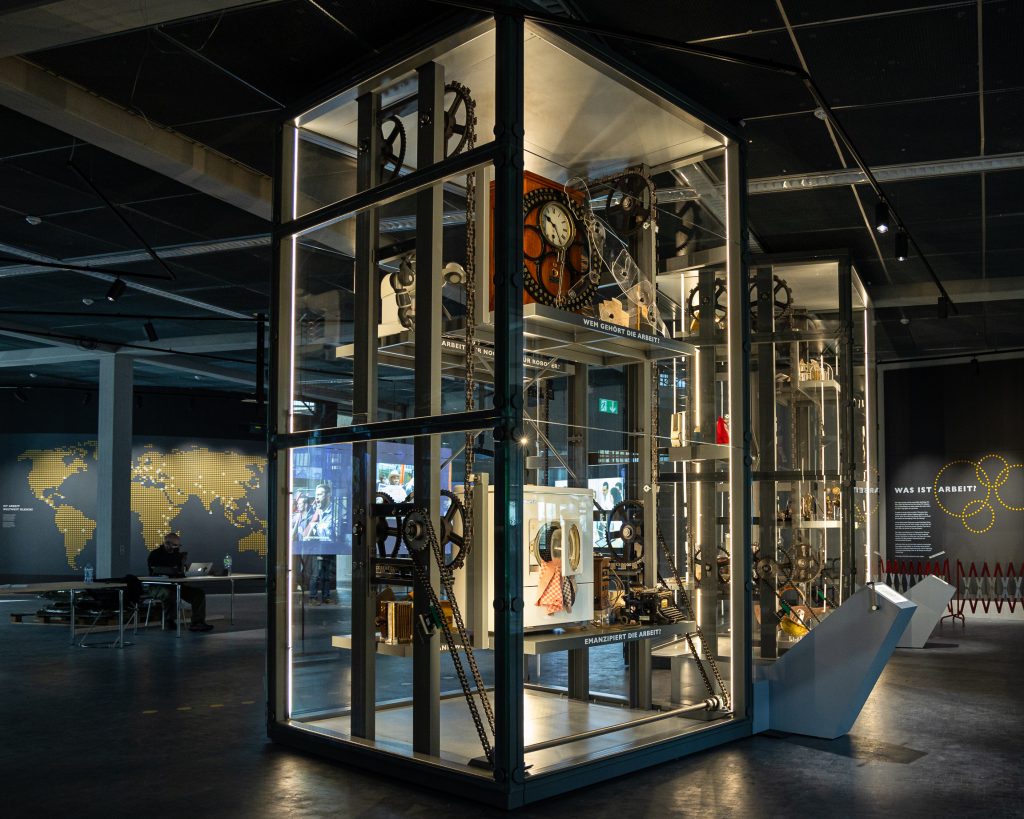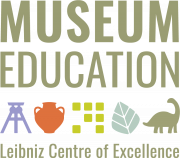
Education Research Institutions

German Institute for Adult Education – Leibniz Centre for Lifelong Learning (DIE), Bonn
The German Institute for Adult Education – Leibniz Center for Lifelong Learning e. V. (DIE) is a non-university research institute and works on the socially and at the same time educationally relevant task of scientifically substantiating the learning and education of adults and thereby making it successful. As a central institution for science, politics and practice, the DIE supports and promotes the actors in the field of continuing education with scientific findings and services. The spectrum of tasks ranges from application-relevant and/or basic research to the provision of infrastructure services and practical and political consulting.
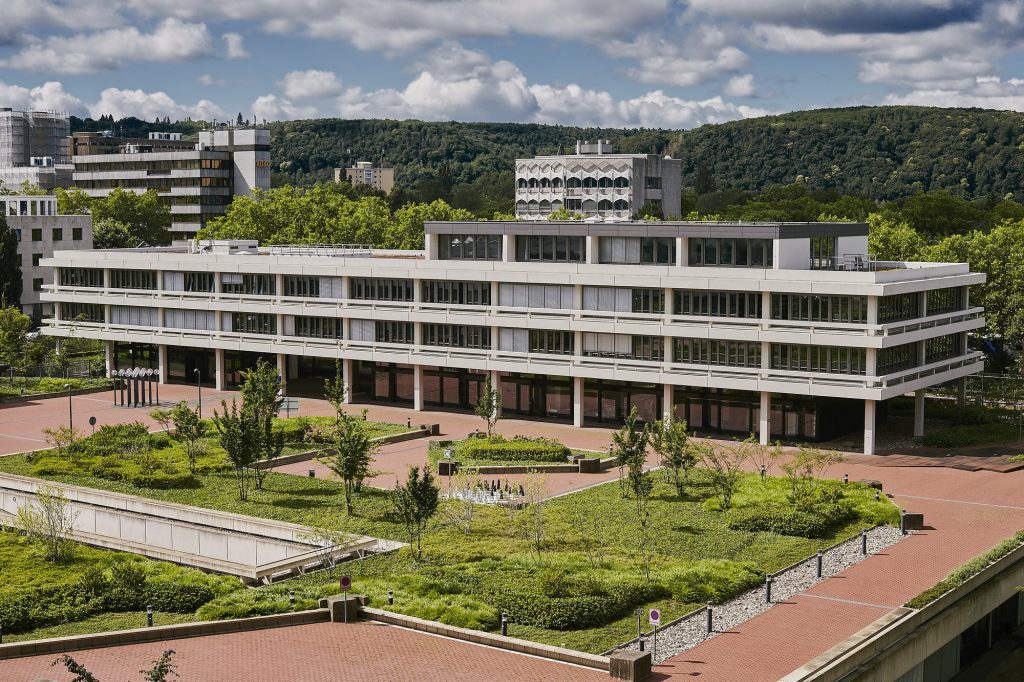
The German Institute for Adult Education (DIE) sees museums as an important place of informal lifelong learning, where visitors come into contact with culture, science and technology. In order to better understand and promote mediation and learning processes in museums, the DIE believes that interdisciplinary cooperation between research museums and educational research institutions in the Competence Center Education in Museums offers fertile ground. This gives the DIE the opportunity to research socially relevant, educational questions under real-life conditions, while the DIE’s research results can in turn be incorporated into evidence-based exhibition design.
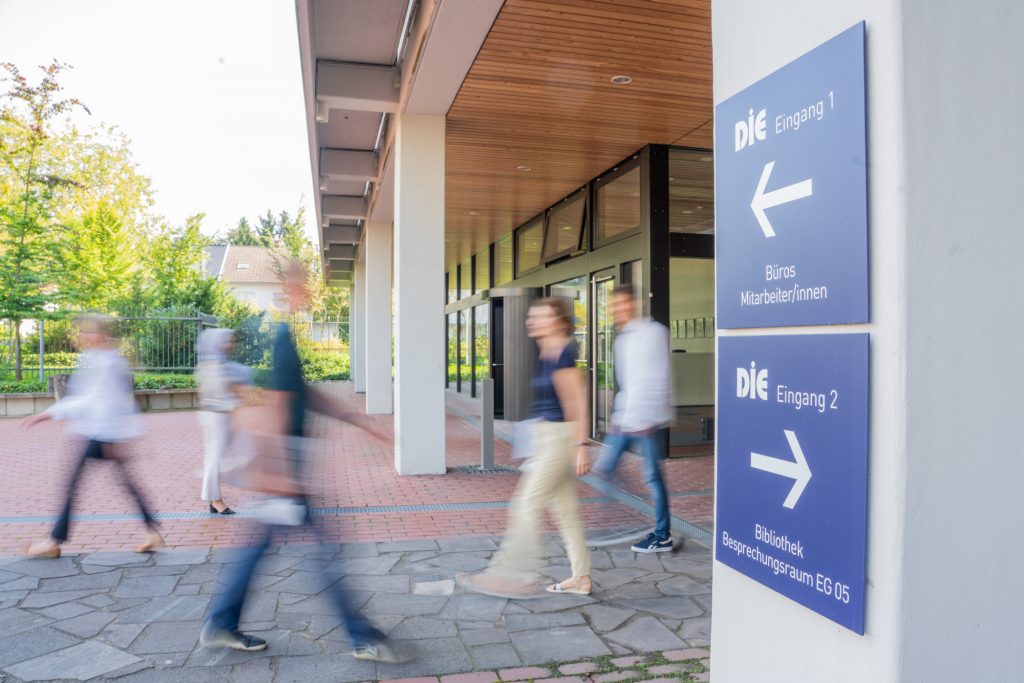
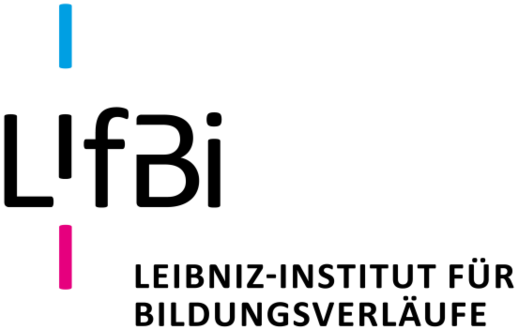
Leibniz Institute for Educational Trajectories (LIfBi), Bamberg
The Leibniz Institute for Educational Trajectories (LIfBi) in Bamberg studies educational processes from birth to high adulthood. In order to promote longitudinal educational research in Germany, LIfBi provides fundamental, nationally and internationally significant, research-based infrastructures for empirical educational research. One core of the institute is the National Educational Panel Study (NEPS), which is based at LIfBi and combines the expertise of a Germany-wide, interdisciplinary network of excellence. Other large-scale projects in which LIfBi plays a leading role include the refugee studies ReGES and BildungswegeFlucht as well as the monitoring study Data Literacy. The basis for this is LIfBi’s own research and development work, in particular the well-founded development of instruments and methods for longitudinal educational studies, from which other research projects also benefit.
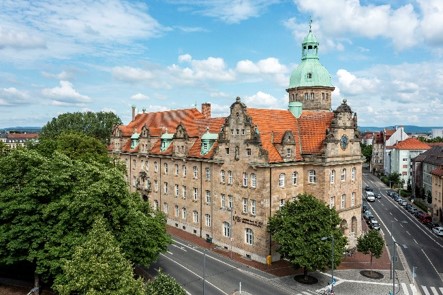
LIfBi researches education over the entire life course. Learning environments are a central pillar of this research. Museums are particular providers of learning opportunities that are (also) used to acquire skills and competencies. Thus, we take a look at education from different perspectives, considering both the providers and the users of learning opportunities. Our expertise also focuses on the digitization of education, where we see digital media as both a means and an object of education.
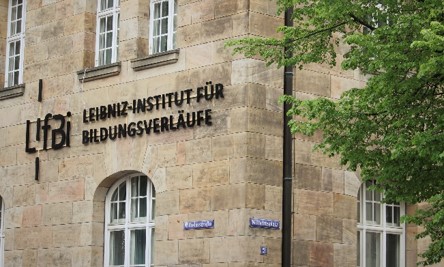
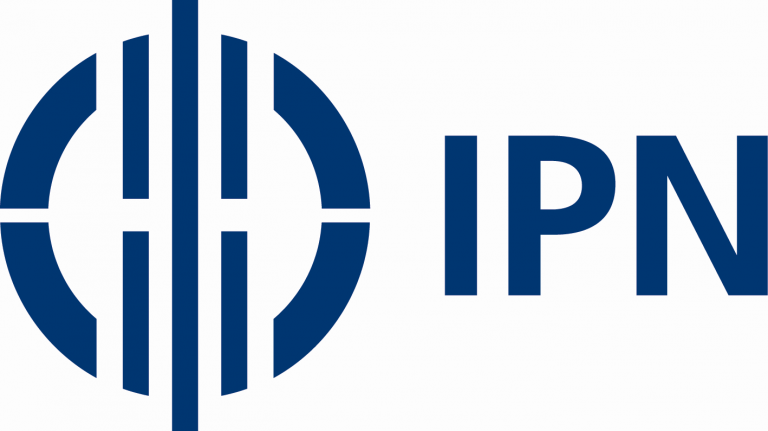
Leibniz Institute for Science and Mathematics Education (IPN), Kiel
The institute’s mission is to further develop and promote the pedagogy of science and mathematics. The questions and projects are dealt with in an interdisciplinary manner by scientists from the subject didactics as well as from the disciplines of education, psychology, mathematics and natural sciences. The Leibniz Institute for Science and Mathematics Education (IPN) is divided into seven departments: Didactics of Biology, Didactics of Chemistry, Didactics of Mathematics, Didactics of Physics, Educational Science and Educational Psychology, Subject-Related Knowledge Transfer, and Pedagogical-Psychological Methodology.
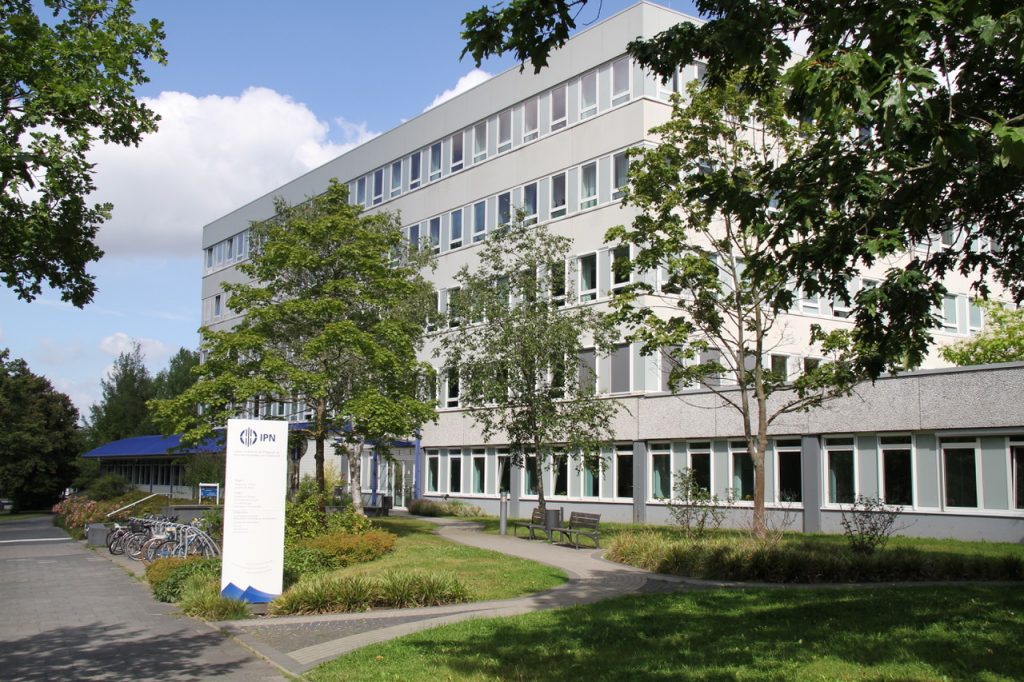
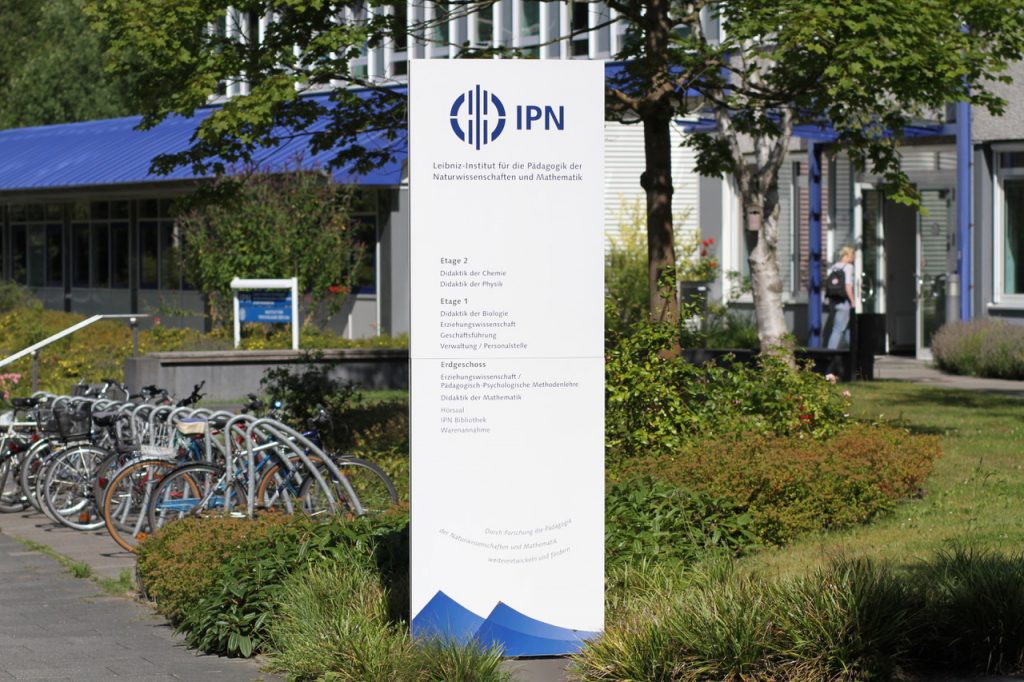
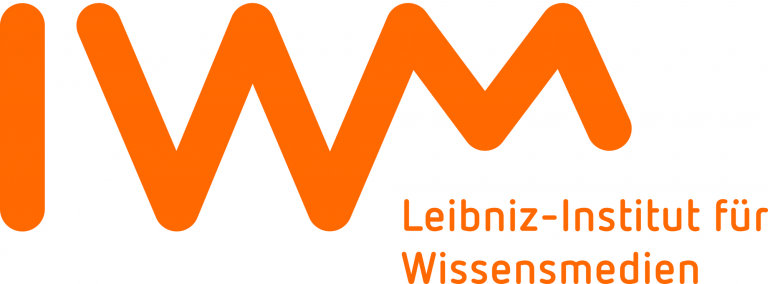
Leibniz-Institut für Wissensmedien (IWM), Tübingen
The Leibniz-Institut für Wissensmedien (IWM) in Tübingen, founded in 2001, researches how digital media influence knowledge and communication processes and how they can be used to improve these processes. The psychological basic and application-oriented research of the approximately 90 scientists is mainly focused on five fields of practice: Teaching and Learning with Digital Media in Schools, Teaching and Learning with Digital Media in Universities, Knowledge Work with Digital Media, Knowledge-Related Internet Use, Knowledge Transfer in Museums & Exhibitions.
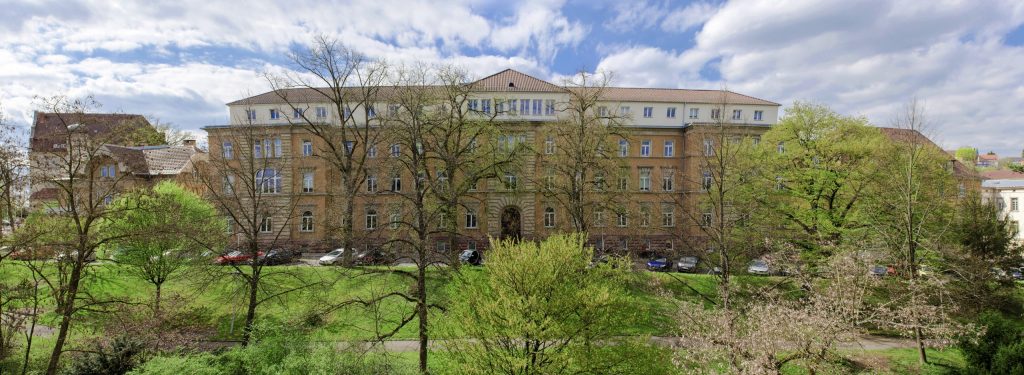
The IWM has extensive expertise in the field of psychologically-oriented visitor research and cooperates with numerous museums and memorial sites. The institute’s research ranges from the role of authentic objects in museums and the influence of haptic exploration during exhibition visits to the use of digital media and VR/AR applications in exhibitions. We are happy to take on an advisory role on the one hand and to generate and implement research ideas together with partner institutions on the other.
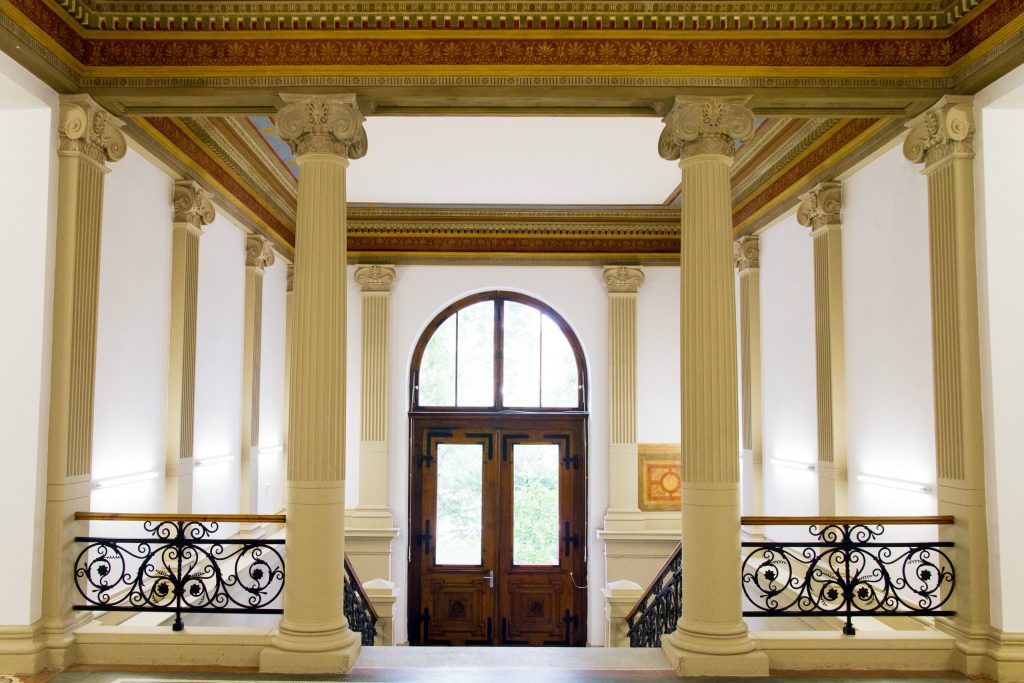

Technical University of Munich (TUM), TUM School of Social Sciences and Technology, Chair of Formal and Informal Learning, Munich
The research group of the Chair of Formal and Informal Learning at the TU Munich deals with the conditions, processes and outcomes of learning and teaching at different learning sites. The members of the working group focus on different research areas. Besides the analysis of motivational processes and the design of media-supported learning opportunities, the use of extracurricular learning environments in school lessons as well as teaching-learning processes in formal and informal learning settings are further research foci. In this context, museums and science centers as informal learning settings are in the center of attention. Different studies analyze the engagement of students and adults with exhibition content, examining motivational and cognitive processes as well as the design and use of digital media. Furthermore, the working group conducts evaluation studies on informal learning environments.
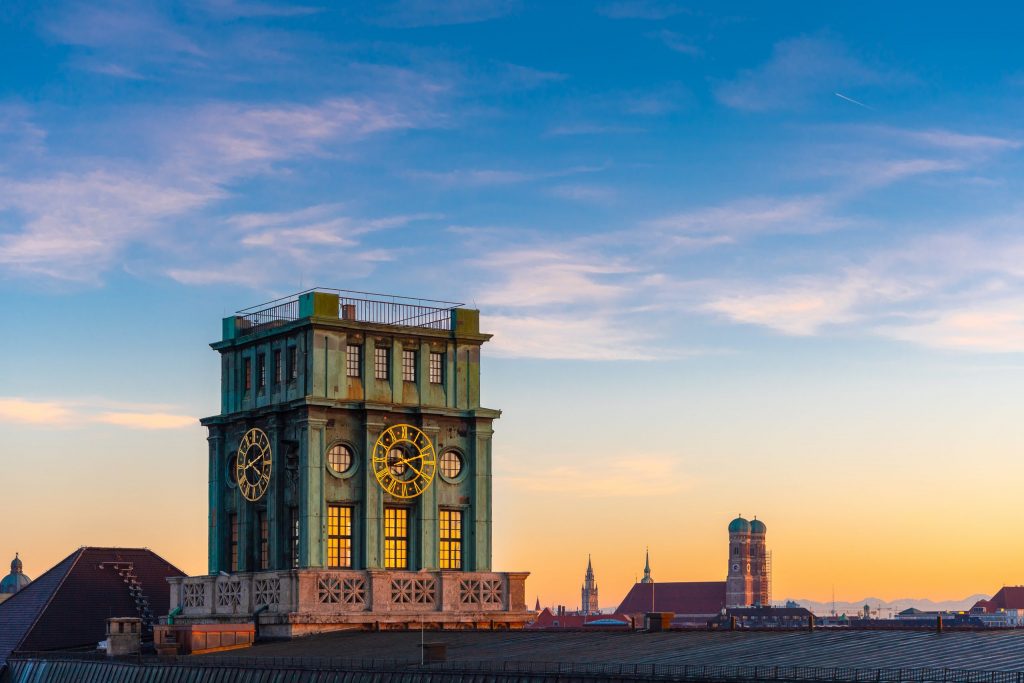
TUM has extensive and long-standing expertise in the field of educational-psychologically oriented visitor research and cooperates with numerous national and international museums and science centers. The research of the professorship includes the analysis of cognitive and motivational processes of school class and leisure visits of adults and their promotion through instructional design and the use of digital media, as well as the consideration of characteristics of the visitors. In addition to an advisory role, we look forward to exchange and collaboration with partner institutions in the development and implementation of new research ideas.
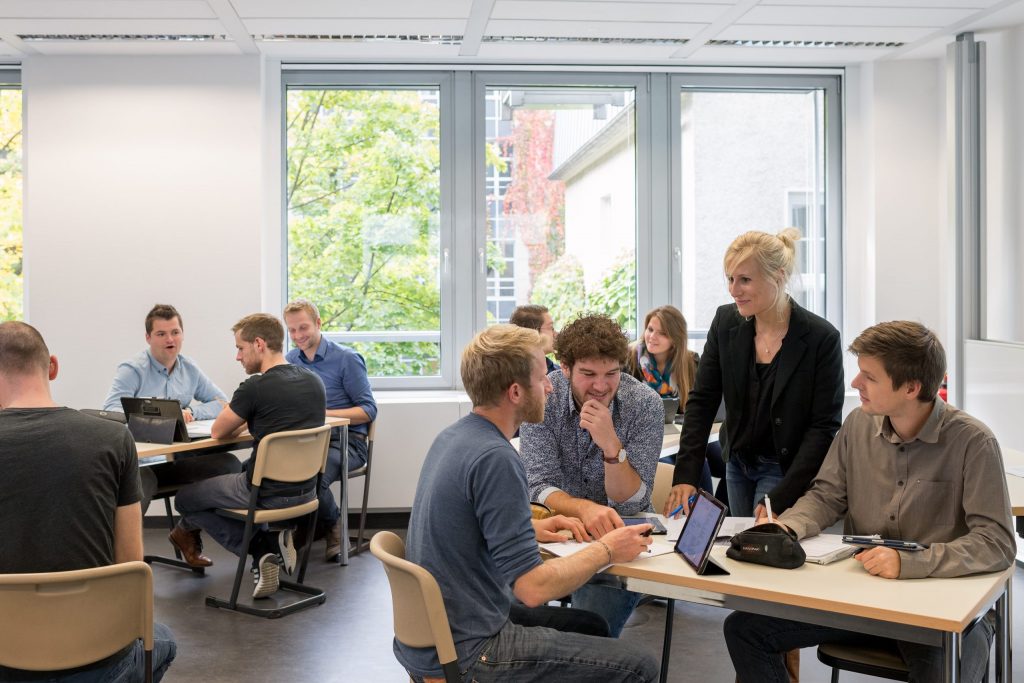

Institut für Museumsforschung, Staatliche Museen zu Berlin
The Institut für Museumsforschung is part of the Staatliche Museen zu Berlin – Stiftung Preußischer Kulturbesitz (National Museums in Berlin – Prussian Cultural Heritage Foundation) and at the same time committed to the national and international museum system. Within the framework of its national mission, the Institute fulfills a wide range of tasks with regard to networking, researching and recording the German museum landscape. It conducts research with and about museums of all kinds, develops new formats and collects data on the museum landscape in Germany. The numerous collaborations, activities, scholarly resources, and competencies of the Institute, together with the resources and collections of the other institutions within the SMB/SPK, provide a unique non-university environment for research, critical reflection, and scholarly exchange.
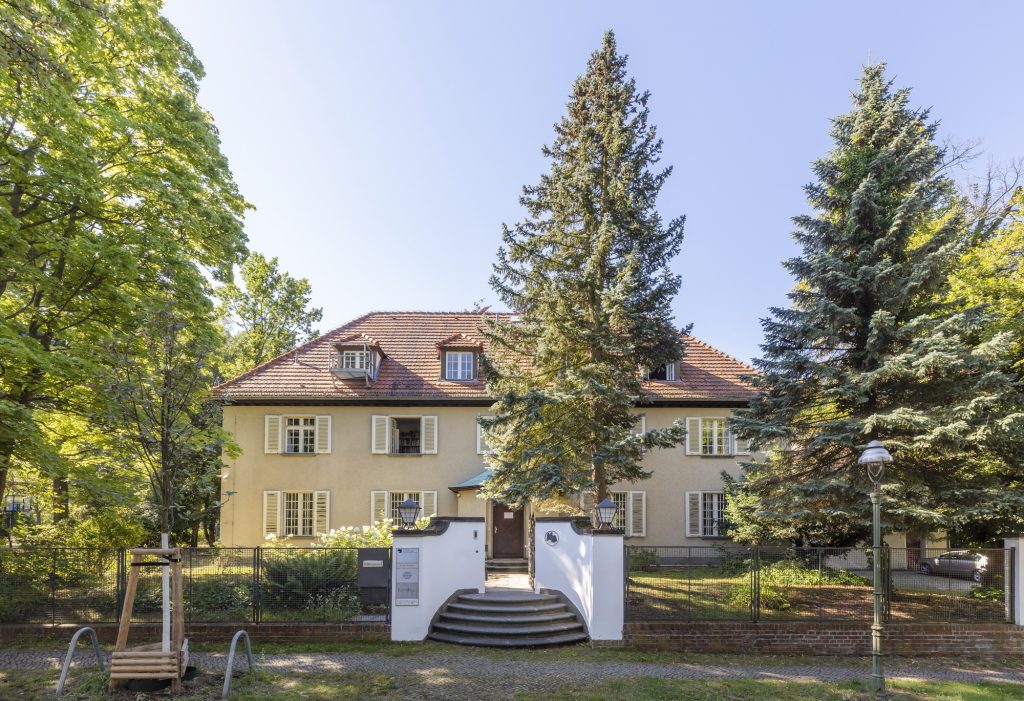
Since its foundation in 1979, the Institute has actively pursued visitor research in museums as a programmatic concern and has realized and accompanied numerous projects in this field. The Institute für Museumsforschung is one of the founding members and coordinators of the Netzwerk Besucher*innenforschung e.V. (NWBF), which has set itself the goal of anchoring visitor research even more firmly in the German museum landscape as a strategic development tool.
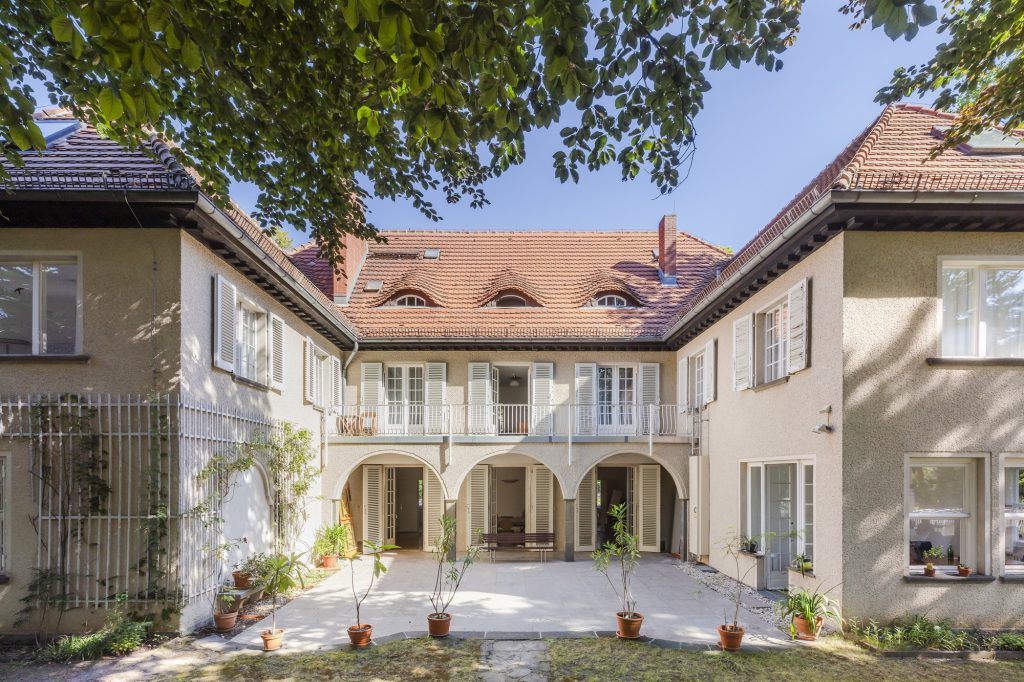
Museums
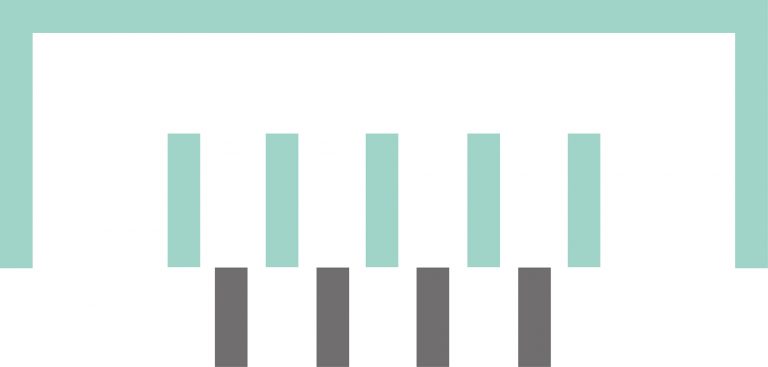
Deutsches Bergbau-Museum, Bochum – Leibniz-Forschungsmuseum für Georessourcen (DBM), Bochum
The Deutsche Bergbau-Museum Bochum – founded in 1930 – is one of eight research museums of the Leibniz Association. It researches, communicates and preserves the history of the extraction, processing and use of geological resources across epochs. The research areas include: Archaeometallurgy, Mining History, Materials Science, Mining Archaeology as well as the Research Laboratory and the Mining History Documentation Center (montan.dok). Their research projects – often in cooperation with renowned university and non-university institutions as well as partners from culture and science – have (inter)national relevance and impact.
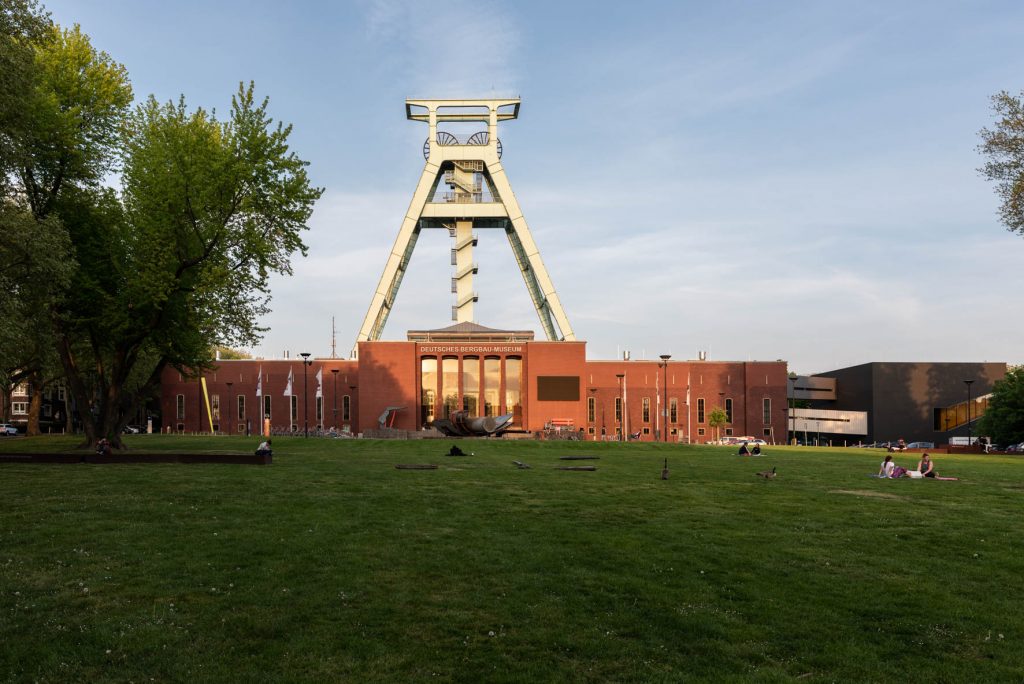
Visitor/educational research has been established as a research area within the Exhibition and Outreach Department at the German Mining Museum Bochum since 2020 as part of the Action Plan for Research Museums. The targeted cooperation and networking with the Competence Center are important steps in the long-term expansion and further development of visitor/educational research in the museum.
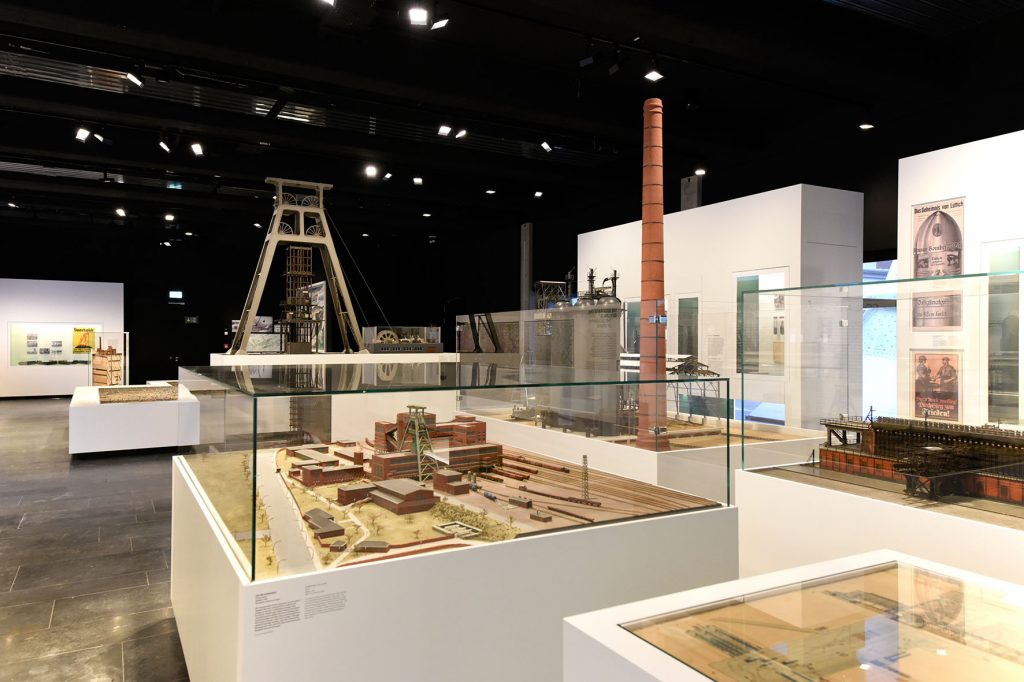

Deutsches Museum (DM), Munich
The Deutsches Museum (DM) is one of the leading international museums for natural science and technology. The guiding idea of Oskar von Miller, who founded the Deutsches Museum in 1903, was the comprehensive presentation of the development of natural science and technology from its beginnings to the present day, popular and educationally oriented, yet scientifically sound. This goal, which is still relevant today, is served by the collections of scientific instruments and technical artifacts, the exhibitions in Munich and the branch offices, a public reference and research library, the archive, the educational work of the departments and the Kerschensteiner College, and the research activities of the curators and scientists.
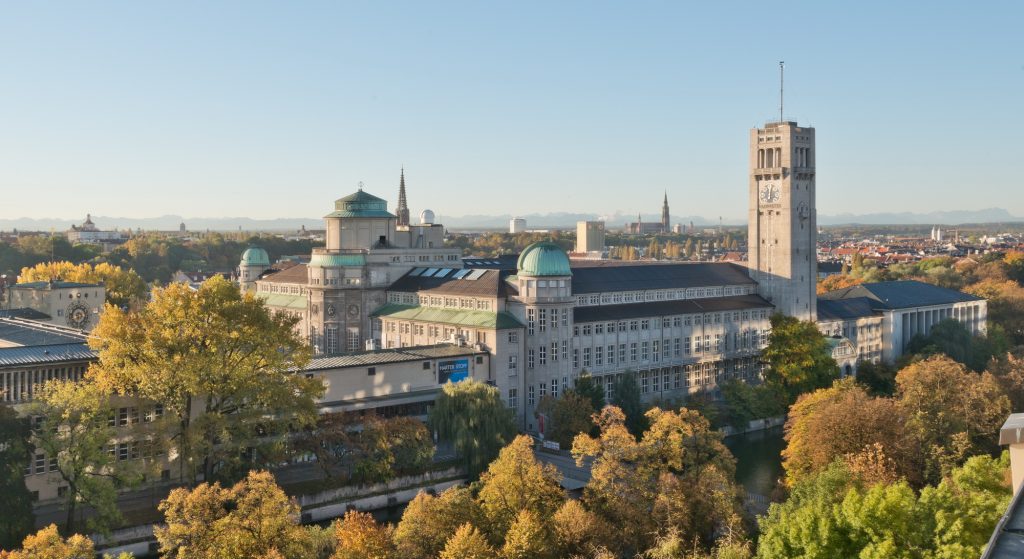
Visitor and evaluation research have long been an integral part of museum development at the Deutsches Museum. The museum can also look back on many years of cooperation with research partners from science – be it internationally, nationally within the Leibniz Association, for example with the IPN and the IWM, or in the university sector with the Chair for Formal and Informal Learning at the Technical University of Munich. The close cooperation within the Leibniz Competence Center Education in Museums has intensified the systematic exchange and the development of common questions and raised them to a new level, especially through the interconnection with educational research.
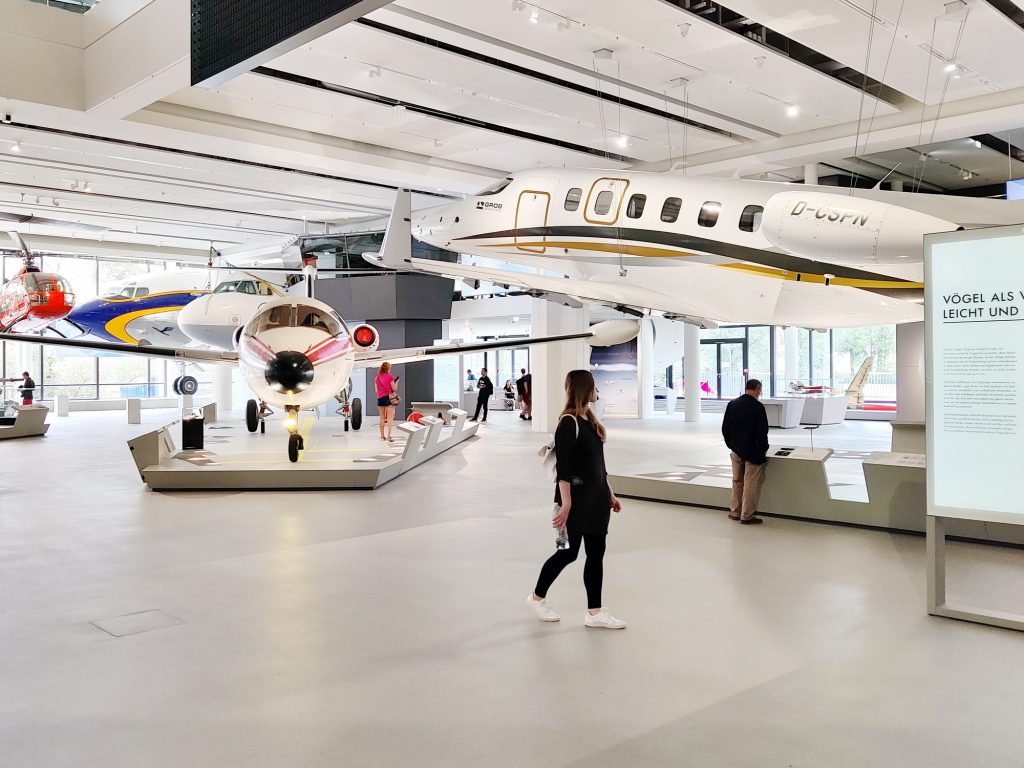

German Maritime Museum – Leibniz Institute for Maritime History (DSM), Bremerhaven
The German Maritime Museum (DSM) / Leibniz Institute for Maritime History in Bremerhaven has set itself the task of researching the changing relationship between man and the sea and bringing it to life in exhibitions. It is one of eight Leibniz research museums in Germany. With around 100 employees and trainees and approximately 8.000 square meters of covered exhibition space, it is one of the largest maritime museums in Europe. Currently, the DSM is undergoing a transformation, combining building renovation with a comprehensive redesign of all exhibition and research areas.
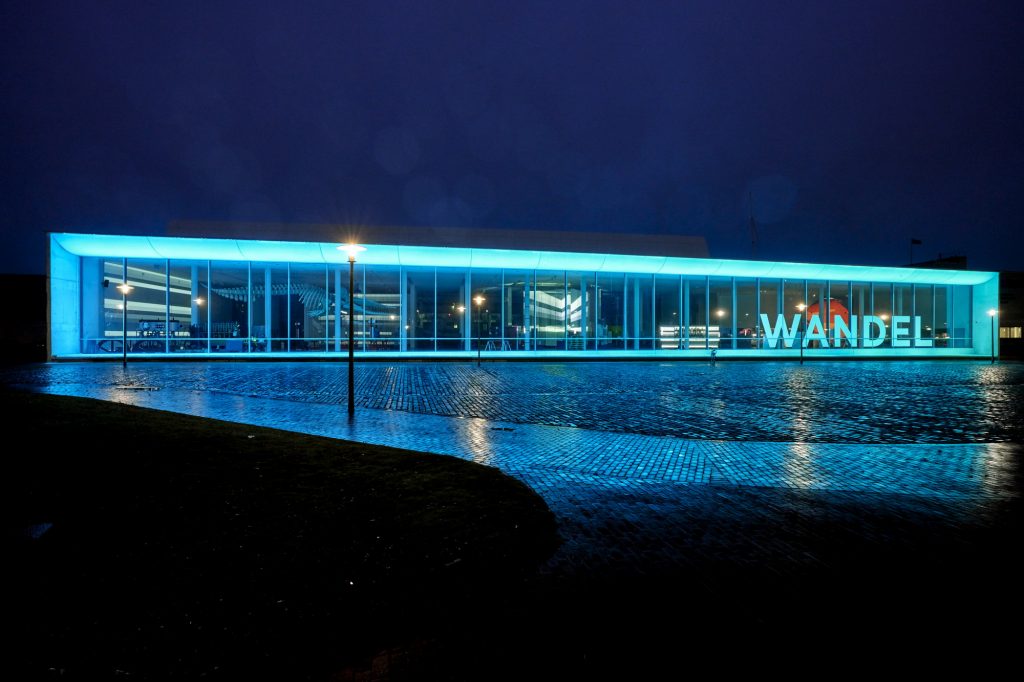
Research projects at the DSM are supported by renowned national and international funding programs. As an attractive place to work for young and experienced talents in maritime research, the DSM maintains diverse collaborations with universities, colleges and non-university research institutions. As a museum with a strong focus on audience orientation, the DSM is committed to education and visitor:inside research. The merger of museums and educational research institutes into one center of excellence allows for transdisciplinary research that helps to better understand audiences and meet the demands of ever-changing modes of reception.
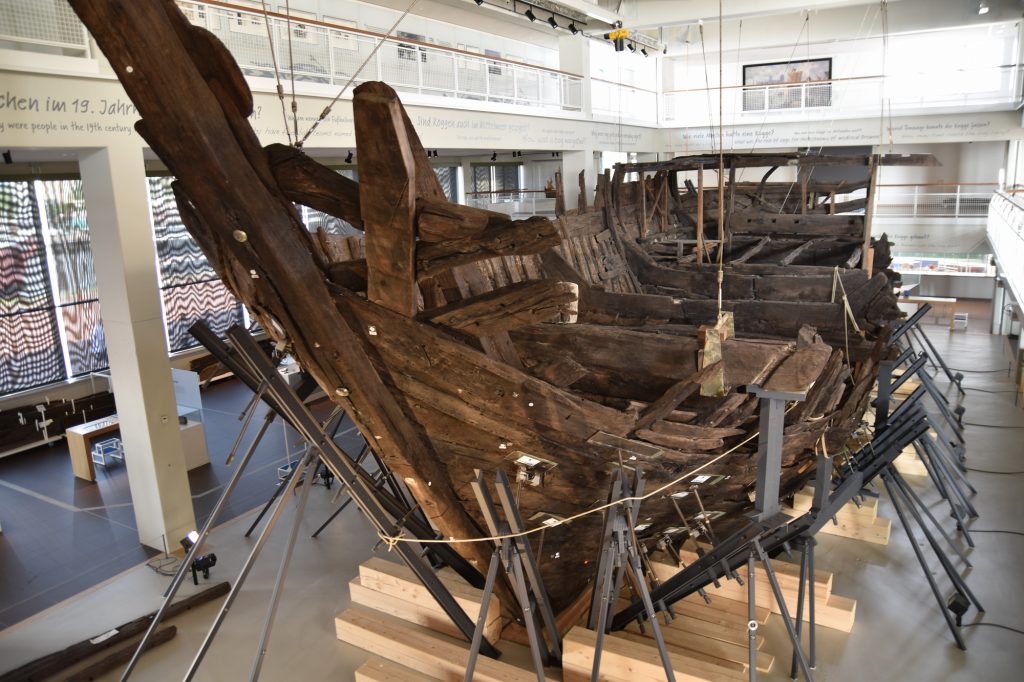
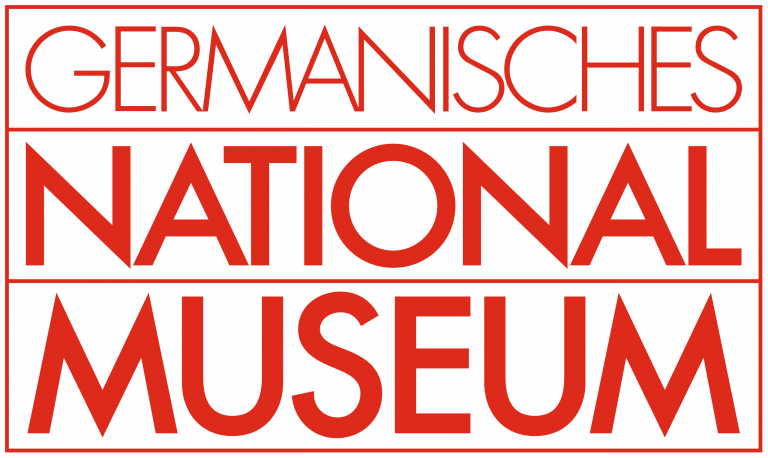
Germanisches Nationalmuseum – Leibniz-Forschungsmuseum für Kulturgeschichte (GNM), Nuremberg
Founded in 1852, the Germanisches Nationalmuseum (GNM) is the largest cultural history museum in the German-speaking world, with over 1.3 million objects and 25,000 m² of exhibition space. As a research and visitor museum of international standing, it presents cultural history in an interdisciplinary, generally understandable and lively manner. On the basis of its 26 collections as well as the library, the archives and the Institute for Art Technology and Conservation, research at the Germanisches Nationalmuseum aims to comprehensively exploit the broadly stored scientific resources in cross-collection as well as collection-specific projects. The research and presentation of the exclusively original material testimonies from prehistory and early history to the present is carried out across genres in cultural-historical questions and concepts. The scientific activity of the Germanisches Nationalmuseum focuses on the continuous research of the object.
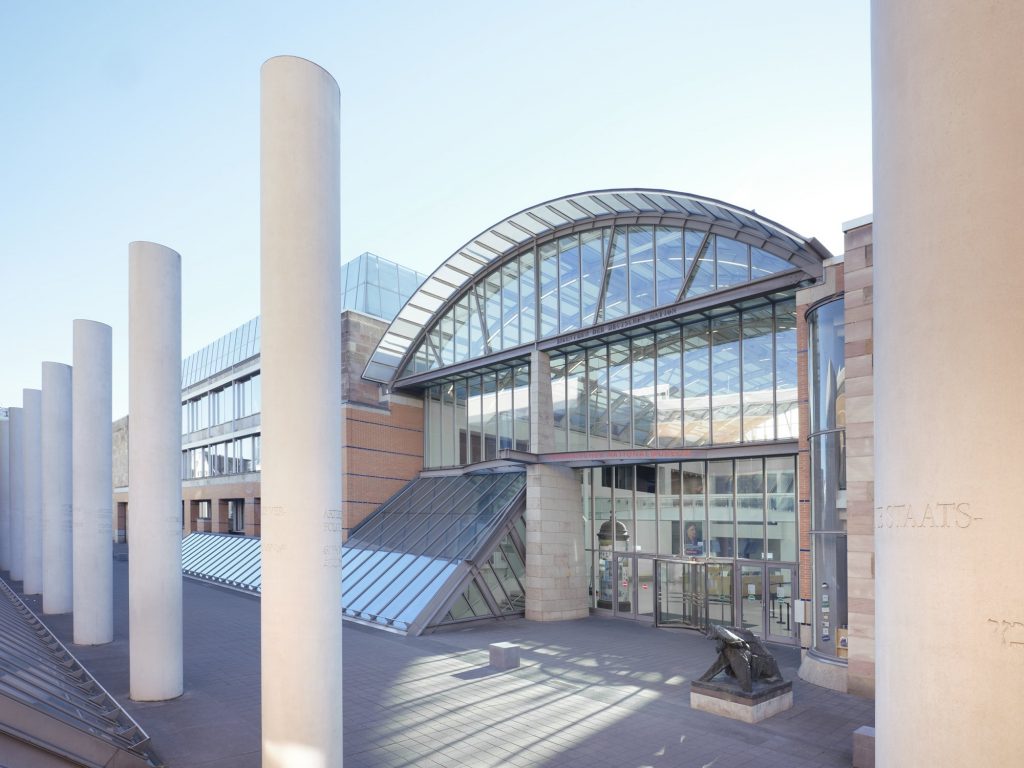
Central presentation media of museum research results are exhibitions, which serve to convey the continuous and interdisciplinary research work. Permanent exhibitions are designed for a longer period of time, but require regular updating. This is done in accordance with new scientific questions and findings in order to illustrate the changing content-related and aesthetic parameters of changing scientific and cultural concepts. The development and implementation of new permanent exhibitions is one of the basic tasks of scientific museum work. As a rule, special exhibitions are devoted to broad, methodologically topical questions in the field of cultural studies, the results of which are presented and recorded in exhibition catalogs. They also serve as experimental fields for testing new methodological approaches and patterns of interpretation. Accompanying lecture series and symposia deepen the public and professional dialogue.
In cooperation with the Leibniz Competence Center Education in Museums, a modular setup for visitor surveys is being developed to improve knowledge transfer, media use and accessibility, especially in the area of permanent and temporary exhibitions.
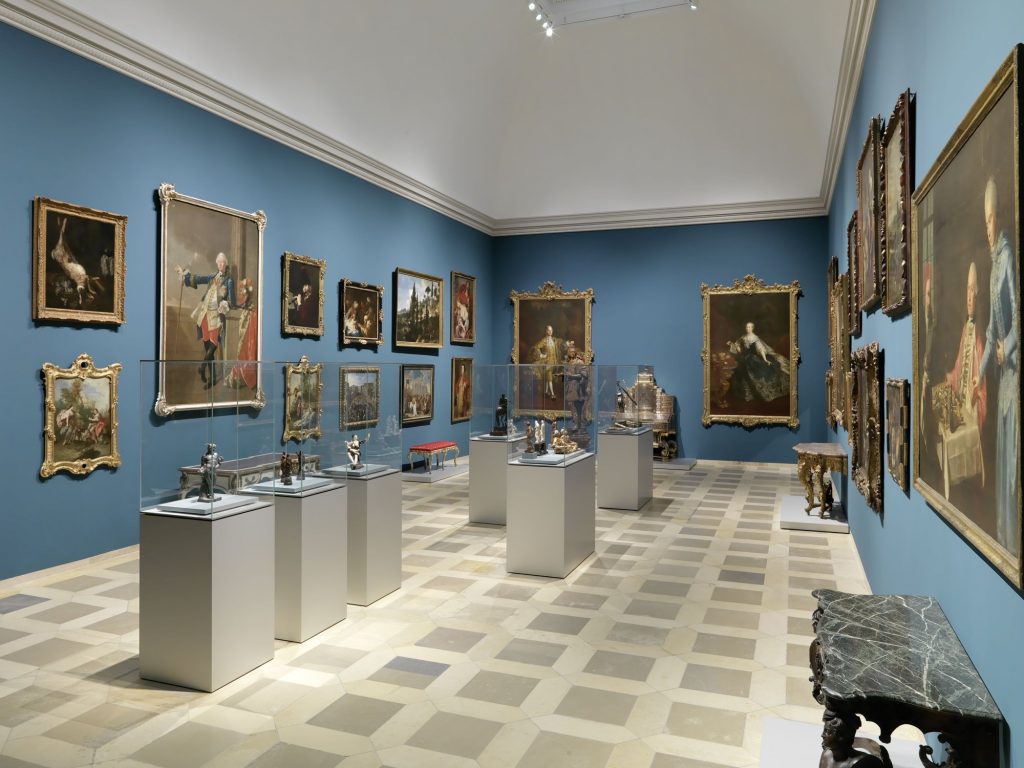

Leibniz Institute for the Analysis of Biodiversity Change (LIB), Bonn
The Leibniz Institute for the Analysis of Biodiversity Change (LIB) is dedicated to researching biological diversity and its change, the results of which are disseminated to the wider society in an educational manner. In order to better understand the current mass extinction of flora and fauna, scientists are searching for correlations and causes of – often – man-made changes. The goal is to develop solutions for the preservation of ecosystems and species in order to maintain the basis of current life.
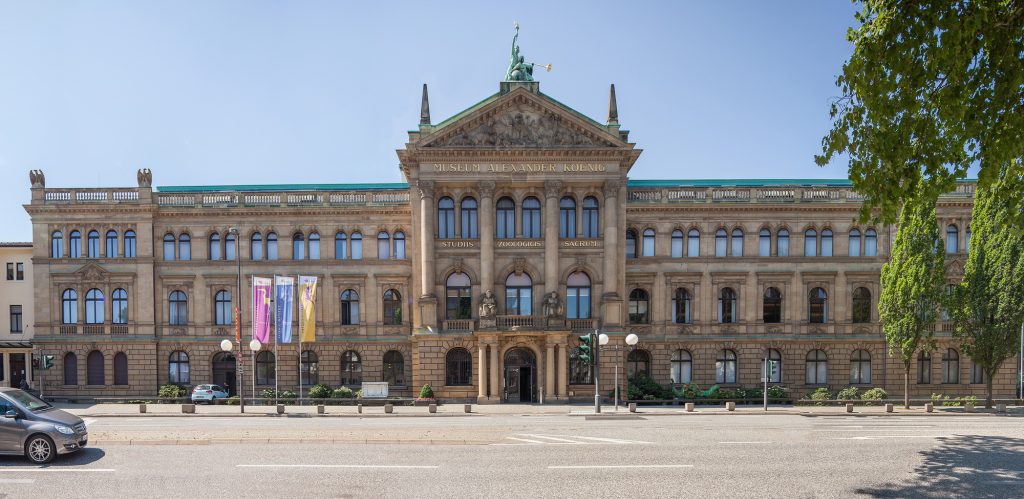
As a partner museum in the Center of Excellence for Museum Education, we particularly value the multidisciplinary exchange on educational and outreach programs and the resulting research questions. We also see great added value in joint educational and research projects as well as the collegial advice and support that the Center of Excellence makes possible.
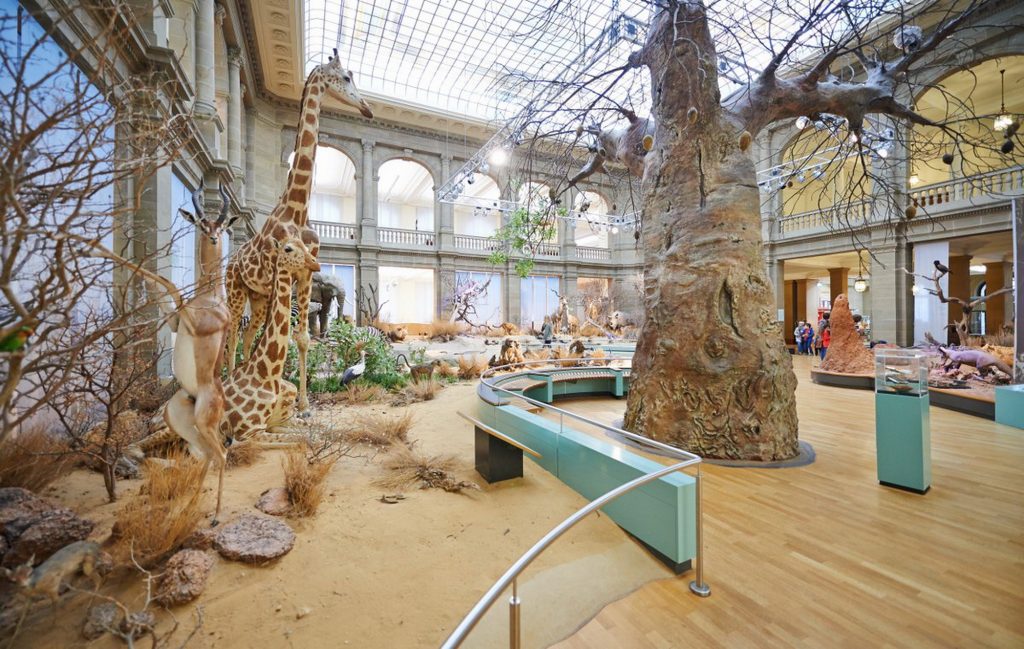
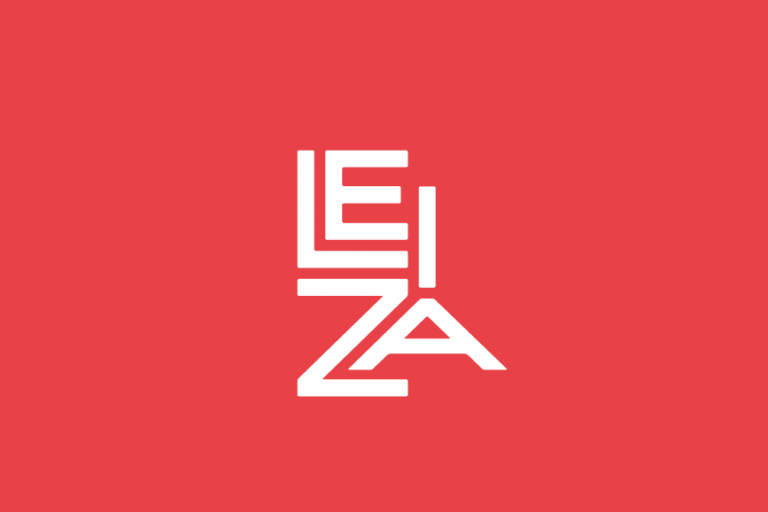
Leibniz Center for Archaeology (LEIZA), Mainz
The Leibniz Center for Archaeology (LEIZA) researches the material legacies from 2.6 million years of human history. On the basis of all available sources, LEIZA explores man and his actions in his natural and cultural environment, from the dawn of man in the Palaeolithic Age to the Middle Ages. In doing so, it combines the humanities and natural sciences, and always incorporates its expertise in restoration technology into its research. In this way, it transcends the boundaries of different scientific cultures. As a research museum of the Leibniz Association, LEIZA is both a place of science and a place of dialogue with the public: modern research and an educational mission are closely linked here.
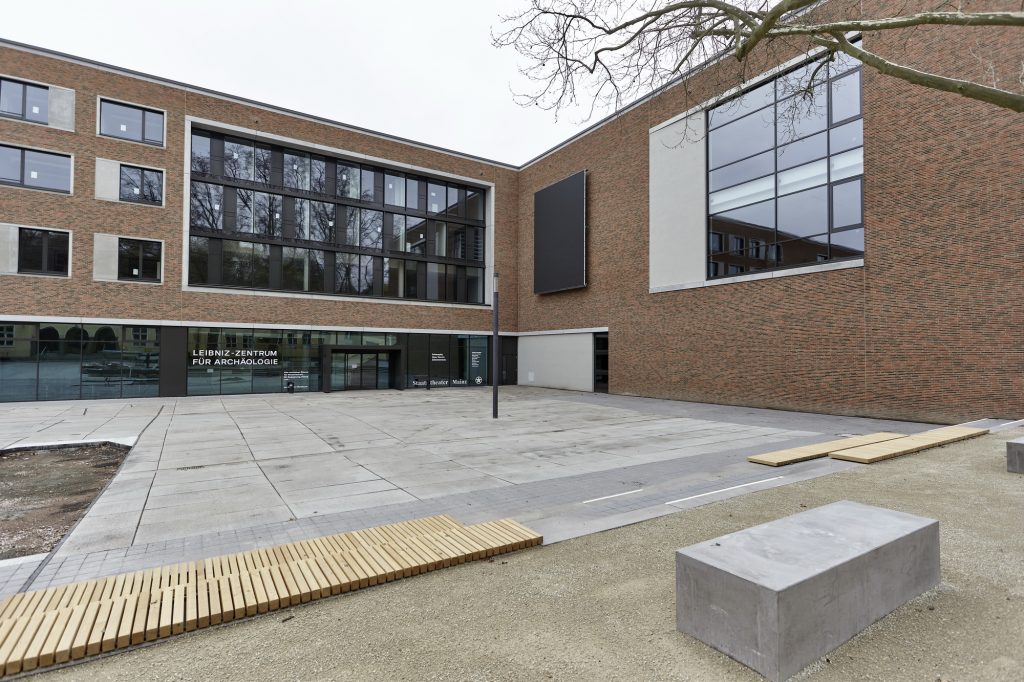
Particularly important platforms for contact are LEIZA’s permanent exhibitions and the educational formats linked to them at its three locations in Mainz, Neuwied and the Volcano Park Osteifel. Through them, LEIZA enters into a direct dialogue with society. These discourses provide impulses from which LEIZA develops new perspectives and questions for its archaeological research. In the Leibniz Competence Center Education in the Museum, LEIZA wants to investigate the impact of its educational formats in cooperation with educational research and thereby find out how archaeological research can enter into a lively exchange with society about relevant contemporary issues.
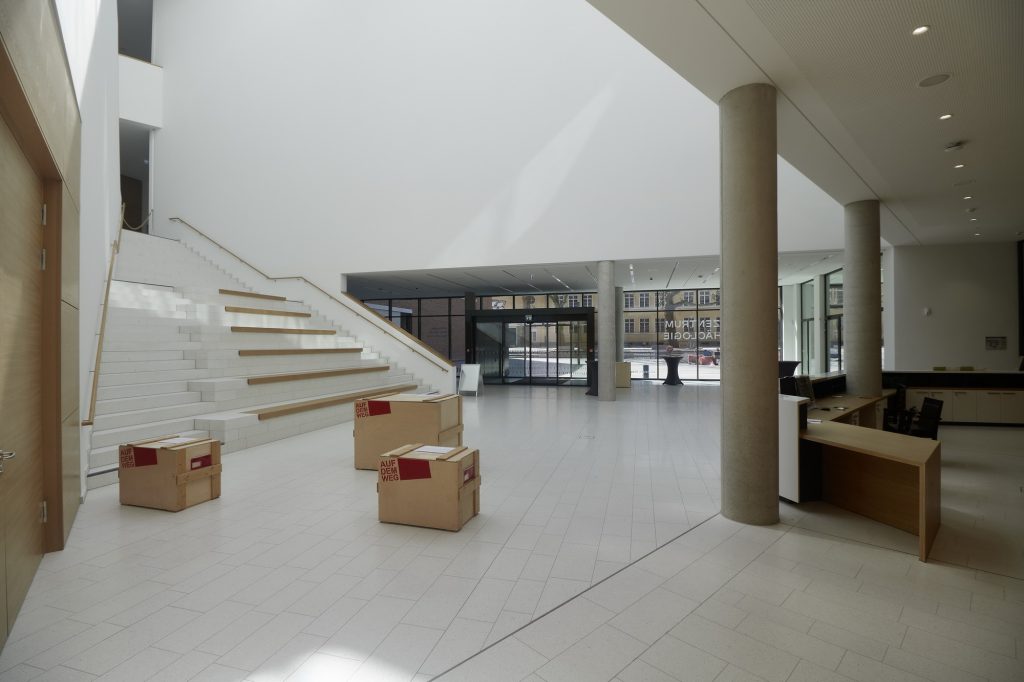
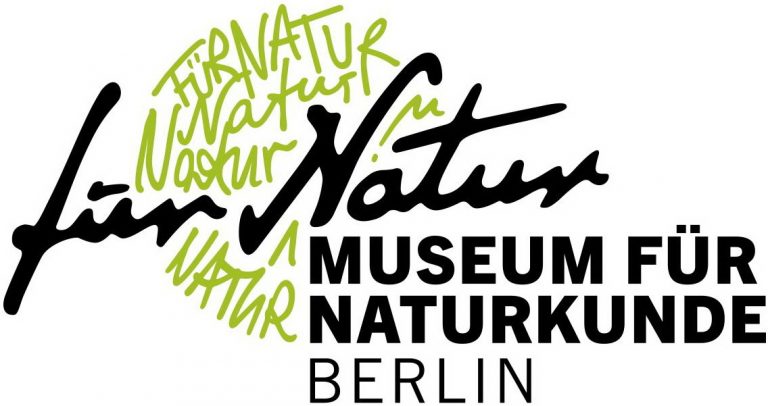
Museum für Naturkunde, Berlin – Leibniz-Institut für Evolutions- und Biodiversitätsforschung (MfN), Berlin
The Museum für Naturkunde Berlin (MfN) is committed to nature. As a Leibniz Institute for Evolutionary and Biodiversity Research, the MfN sees itself in the tradition and on behalf of Charles Darwin, Alexander von Humboldt and other natural scientists for a sustainable future of mankind. Mission, vision, strategy and structure make the research institute a nature and culture institution, a global scientific research infrastructure and an excellent research museum with research partners in Berlin, Germany and about 60 countries worldwide.
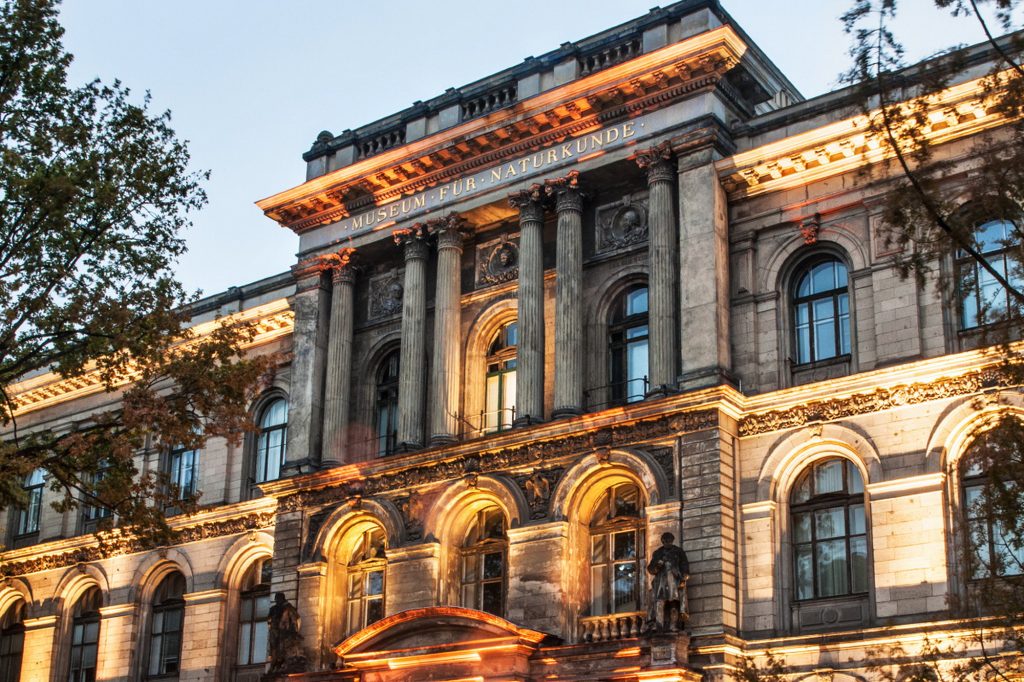
In addition to innovative educational formats for diverse interest groups of all ages, various educational research projects are initiated and carried out in the Education and Outreach Department. Research focuses on science communication as well as on the topics of evolution and environmental education. In addition to educational research, the MfN has expanded its visitor research within the framework of the Leibniz Action Plan and, in addition to a visitor structure analysis, has evaluated special exhibitions and conducted an online study.
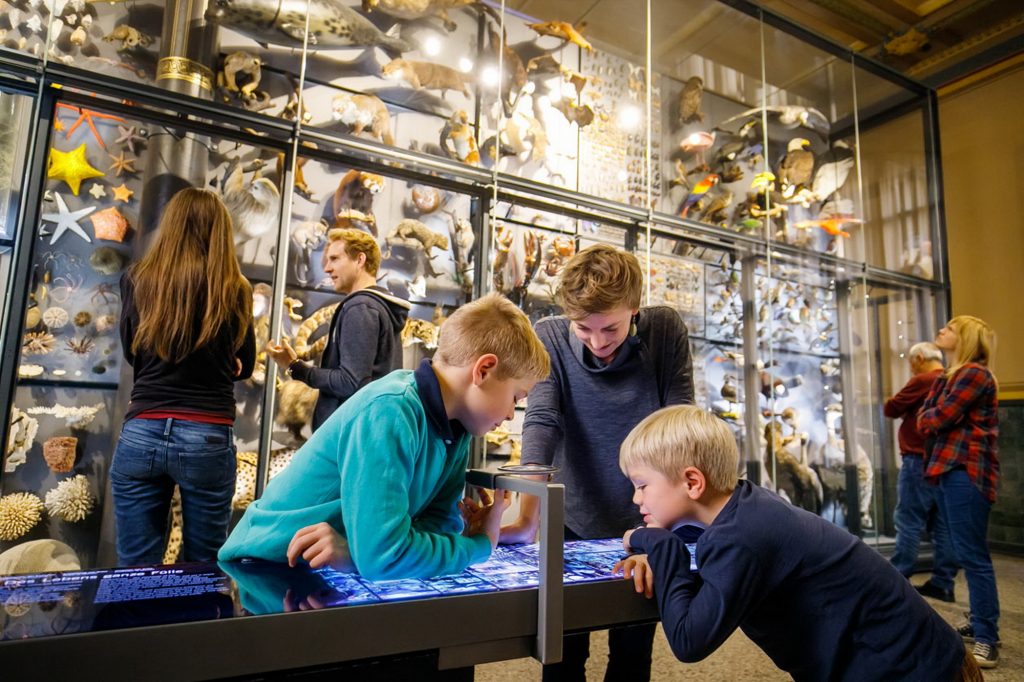

Senckenberg Gesellschaft für Naturforschung (SGN), Frankfurt
The Senckenberg Gesellschaft für Naturforschung, SGN for short, has been researching the “System Earth” for 200 years. The integrative approach of this “geobiodiversity research” focuses on the role of biodiversity in the entire Earth system: How does the biosphere relate to the atmosphere, the hydrosphere, the cryosphere, the pedosphere as well as the solid Earth? And what role does anthropogenic influence play? The goal of Senckenberg research is to come closer to understanding the Earth system. The approximately 300 Senckenberg scientists work in four major research fields: (1) Biodiversity, Systematics and Evolution, (2) Biodiversity and Environment, (3) Biodiversity and Climate, and (4) Biodiversity and Earth System Dynamics. Senckenberg’s headquarters are located in Frankfurt am Main. In addition, there are ten further locations in Dresden, Gelnhausen, Görlitz, Hamburg, Messel, Müncheberg, Schöningen, Tübingen, Weimar and Wilhelmshaven.
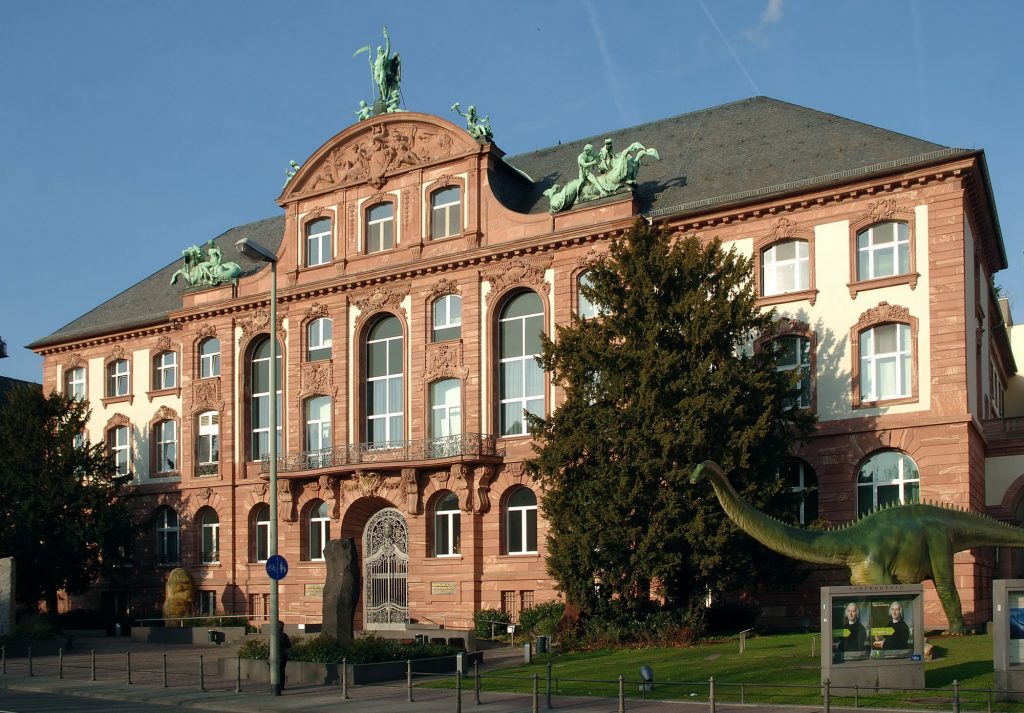
An important focus of the SGN is the communication of research and science – for 200 years, this has even been written into its statutes. In foam museums in Frankfurt, Görlitz, Dresden and a display collection in Tübingen, the SGN shows in a vivid way how our nature “works” on around 9,000 square meters. Between 500,000 and 600,000 visitors take advantage of this offer every year. Active participation is also open to all: around 6500 citizens are now members of the SGN, and participation as “lay researchers” is also possible, e.g. in mosquito monitoring or mapping plant species in the Frankfurt urban area.
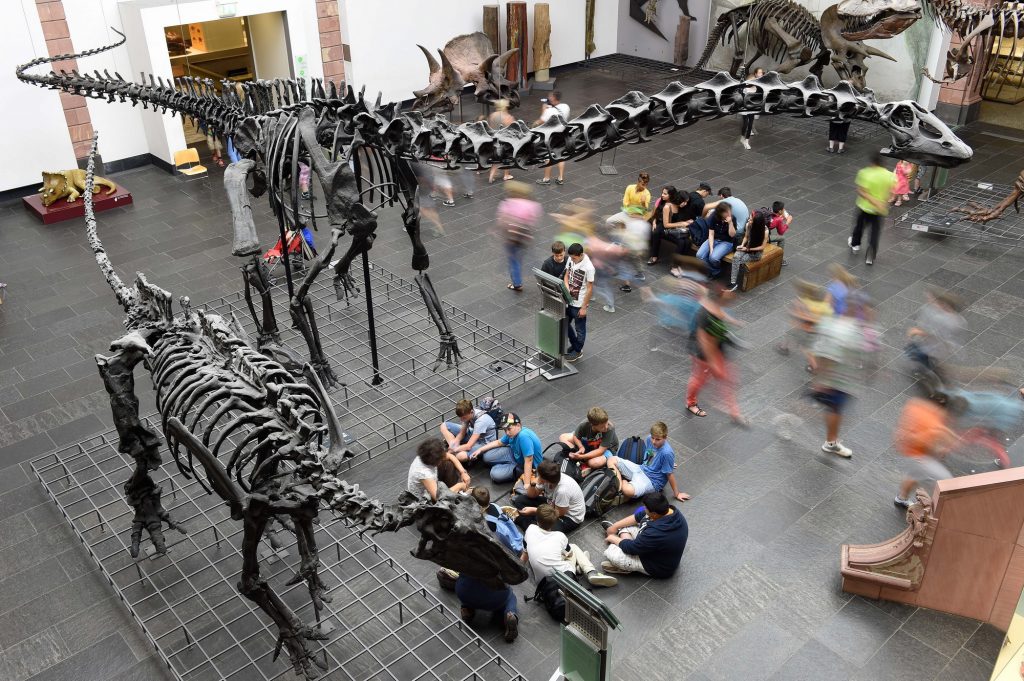
DASA Arbeitswelt Ausstellung, Dortmund
On 13,000 square meters of exhibition space, the DASA Arbeitswelt Ausstellung in Dortmund, which opened in 1993, presents working worlds of yesterday, today and tomorrow. It is an institution of the Federal Institute for Occupational Safety and Health.
The terms man – work – technology mark the “playing field” of the DASA: people shape technology and the working world, technology and work have an effect on people. The DASA Arbeitswelt Ausstellung shows and interprets the relationships between these three factors in ever new ways. The main focus is on the question of safeguarding central human values in the world of work. The exhibition concept focuses on sensual experience and personal experience.
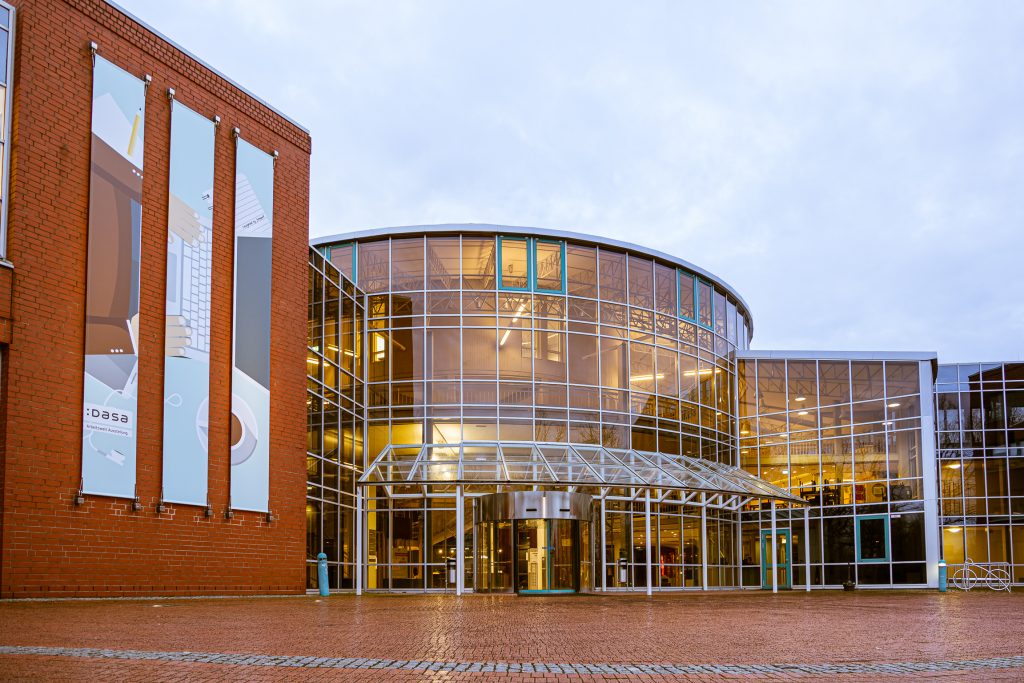
Since 2013, DASA has continuously carried out visitor research projects with which we want to check whether we are reaching our visitors with our work, how we can arouse interest and curiosity, and how we can retain visitors in the long term.
The cooperation with BIM provides us with a valuable exchange with institutes working in a similar way, important impulses for deepening and improving our own research and, in joint projects, comparative data to put our own surveys into new relations.
